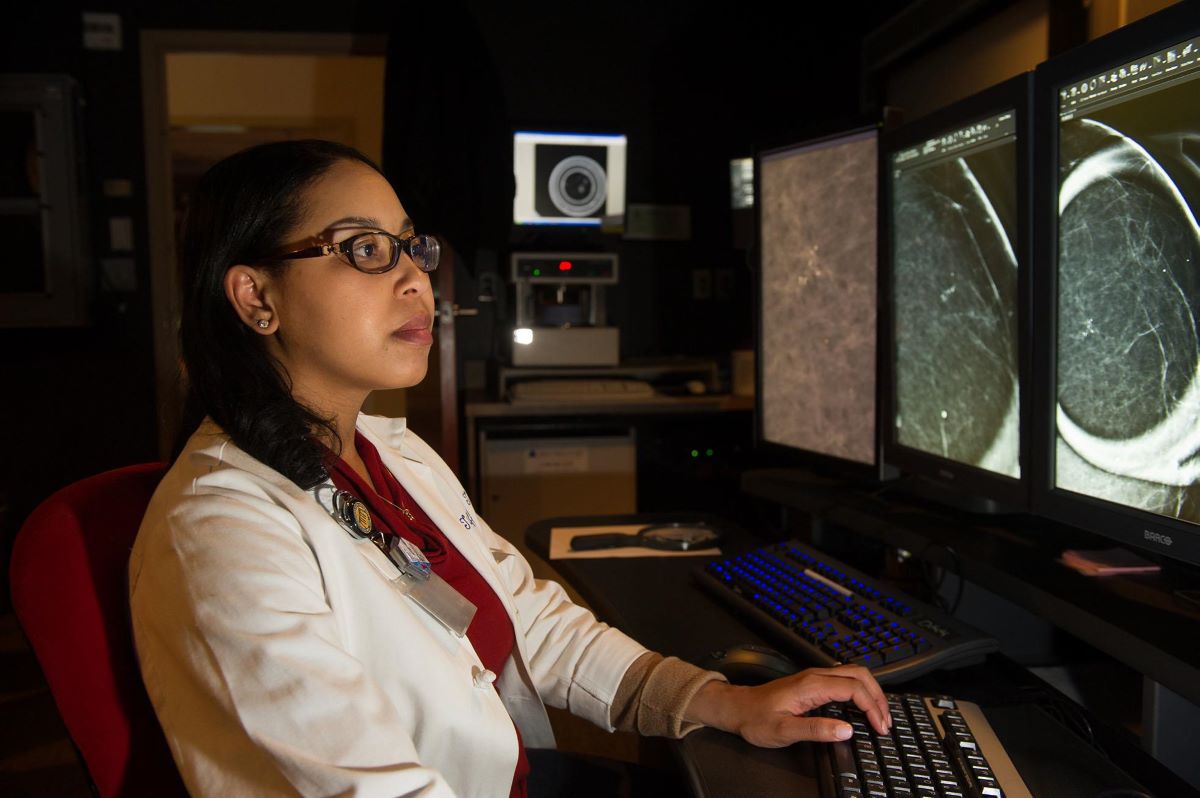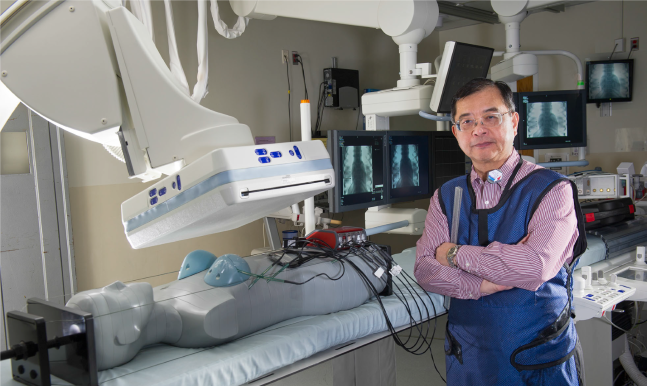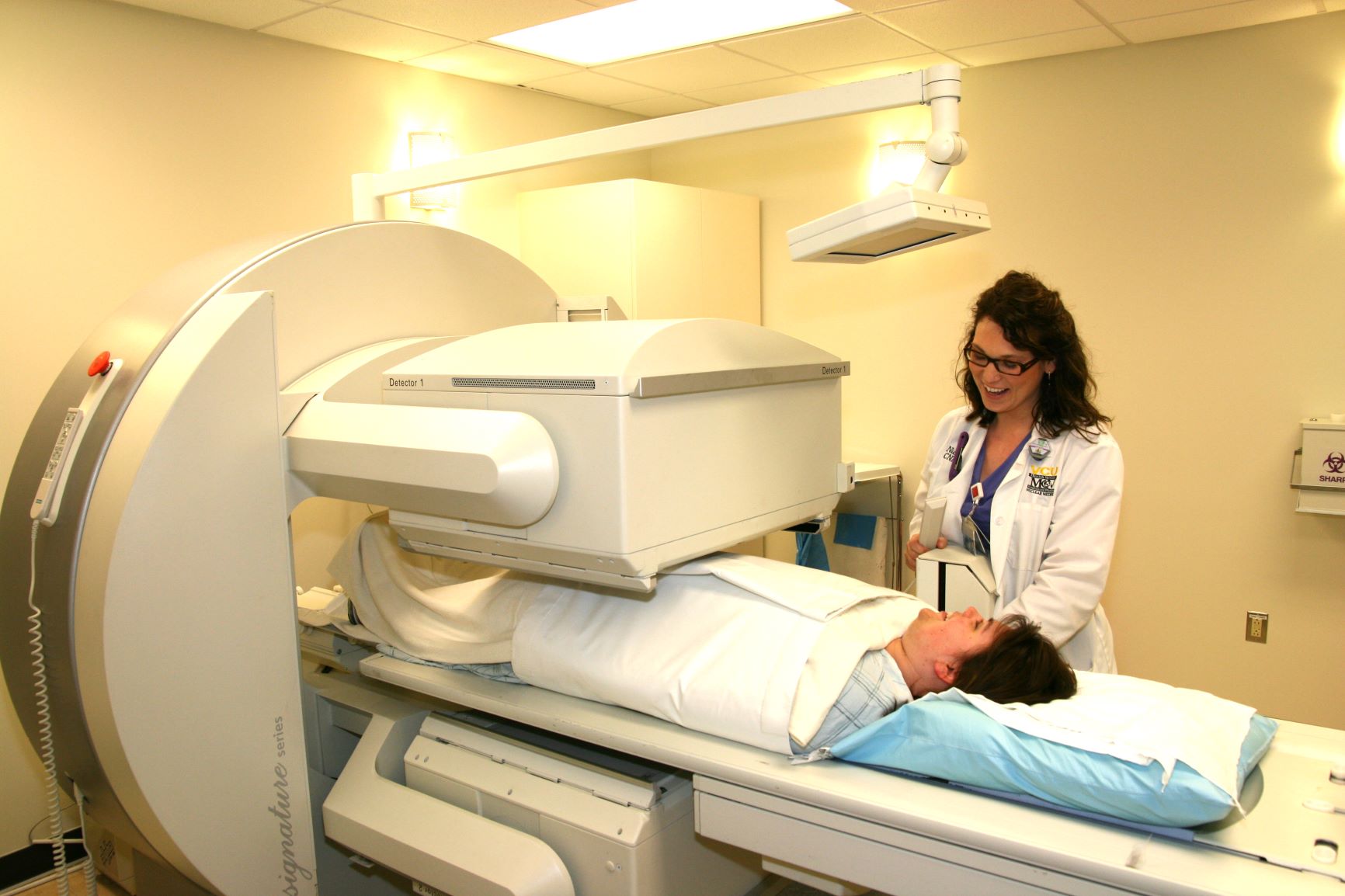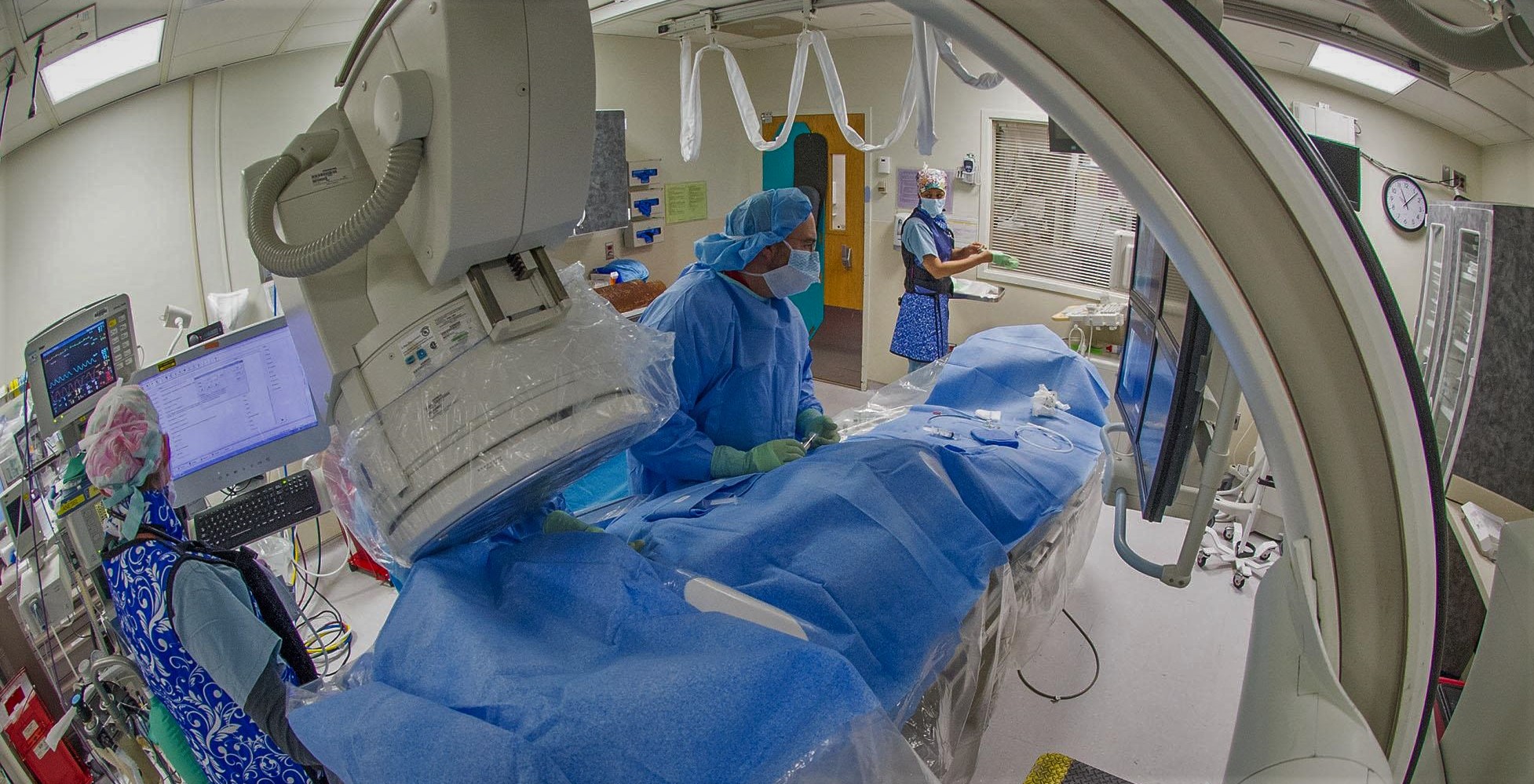Overview
Over the years the VCU Department of Radiology has evolved to meet the needs of our faculty, trainees and patients. Our organizational framework consists of four divisions with ten subspecialty sections and more than 45 faculty radiologists and nuclear medicine physicians. Our framework facilitates collaboration and helps us achieve our mission to be an Image of Excellence.
Our divisions and subspecialty sections enhance our strategic decision-making capabilities and advanced-specialized training. Our framework also improves our ability to identify, recruit and promote the most talented faculty so we can continually meet the requirements of an ever-changing health care environment.
Expertise ranges from interventional and non-interventional radiology to nuclear medicine and neuroradiology with interpretation of computed tomography, magnetic resonance imaging, and ultrasound. Our faculty and staff provide a full range of radiology services with the utmost patient care and clinical excellence in an academic medical institution.
Diagnostic Radiology Sections
Diagnostic Radiology includes several special radiology sections
Abdominal Imaging Section
Abdominal Imaging uses imaging and interventions to diagnose and treat conditions of the abdominal and pelvic regions.
Breast Imaging Section
Breast Imaging provides patients with personalized, high-quality breast health evaluations.
Cardiothoracic Imaging Section
Cardiothoracic Imaging specializes in the diagnosis of diseases and disorders of the cardiopulmonary system and mediastinum.
Emergency Radiology Section
Emergency Radiology interprets a wide range of radiology exams performed through the Emergency Department.
Musculoskeletal Imaging and Intervention Section
Musculoskeletal Imaging and Intervention focuses on diagnosis and minimally invasive treatment of the skeleton, ligaments, muscles and joints.
Neuroradiology Section
Neuroradiology provides neuroimaging techniques to diagnose abnormalities of the head, brain, neck and spine.
Pediatric Imaging Section
Pediatric Imaging interprets the best diagnostic imaging studies on children while using the lowest level of radiation.
Special Radiology Procedures
Each slide features a different procedure, which emphasizes the expertise of our radiologists.



